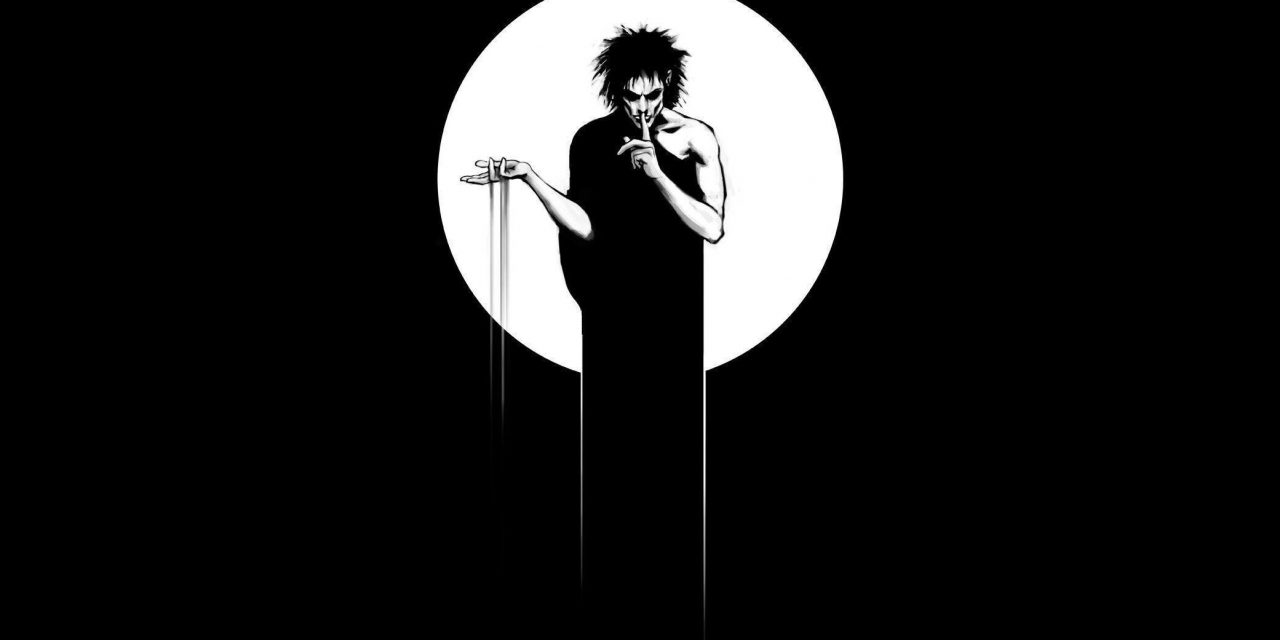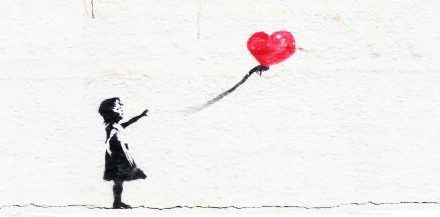For nearly seven years I had the same lockscreen wallpaper on my phone, greeting me every time I checked the time, answered a text, or checked my calendar. I’m largely a creature of habit and routine, and so when I find a configuration or setting I like, I am loath to change it.
Until two days ago that wallpaper was a simple celebration of Guild Wars 2‘s worldwide release in August of 2012. I knew several people who had spent years working on the game, had become familiar with many others on the team, and was a large supporter of both the game and the company that had created it.
Recently that company has come under fire – and rightly so, in my opinion – for firing several developers who took a stand against the harassment of female gaming industry employees on their personal, non-work-associated social media accounts. Honestly, seeing the company I once had so much respect for bow down to hostile online toxicity, particularly that which gets directed at their own employees, made me sick. Having spent innumerable hours playing both GW2 and the original, I uninstalled both games and have removed all links to that company from my Twitter feed.
Motivations for changing aside, it’s a difficult thing for me to actually change, as evinced if nothing else than by the many other posts in this category. Though I no longer wanted to see the GW2 logo any more, the sheer flood of options when it came to phone wallpapers threw me into a tizzy.
I had to find something that represented me, my interests, and also had a simplicity to it because I am certainly not a fan of cluttered, busy-looking screens. I looked at cybernetic/computer-rendered patterns, faint swirls of color, and a few select movie stills, but couldn’t settle on anything until I found the image I’m using as the header of this post, Neil Gaiman’s Sandman.
One of the first and only comic book collections I own, Sandman was instrumental in my realization that not every comic book catered to the super-hero fan community, and that comics were an appropriate – even effective – medium through which to tell stories that I found more personal and moving than expected.
Dream, the titular sandman, has a journey through unfathomable ages and universes, summed up by the author in a perfect one-sentence elevator pitch: “the king of dreams learns that he must change or die, and makes his choice.”
Sandman is a collection of one-off, unconnected stories mixed between ongoing, worlds-spanning plots and themes, sometimes united only by the presence of Dream himself. Stories like Ramadan and Dream of a Thousand Cats are powerful tales in their own right, and continue to speak volumes to me as a writer (pun very much intended).
The sandman is an arrogant, occasionally naive, being of unthinkable power, but whose constraints are those of his very nature – he is the king of dreams, and thus only has power (functionally unlimited as it is) over those half-remembered moments outside of waking hours. The series is about him coming to terms with who and what he is, both with a duty to and as responsible for acts of terror and joy across every cosmos and creation.
I suppose I see a lot of myself in his arc, whether in the slow self-realization or the finality of his choice – change is no small thing to a creature such as he, nor would death be. Neil Gaiman, through the characters he wrote, provides both an objective and subjective perspective of the world, and did so in a way that truly resonates with me.
Having used the above image on my phone for a few days there are small tweaks I’ll probably make (adding more blank space at the top to not obstruct text, for one), but all in all I’m pleased with my choice, and I can go back to having that whole “phone wallpaper” issue settled, for now.














